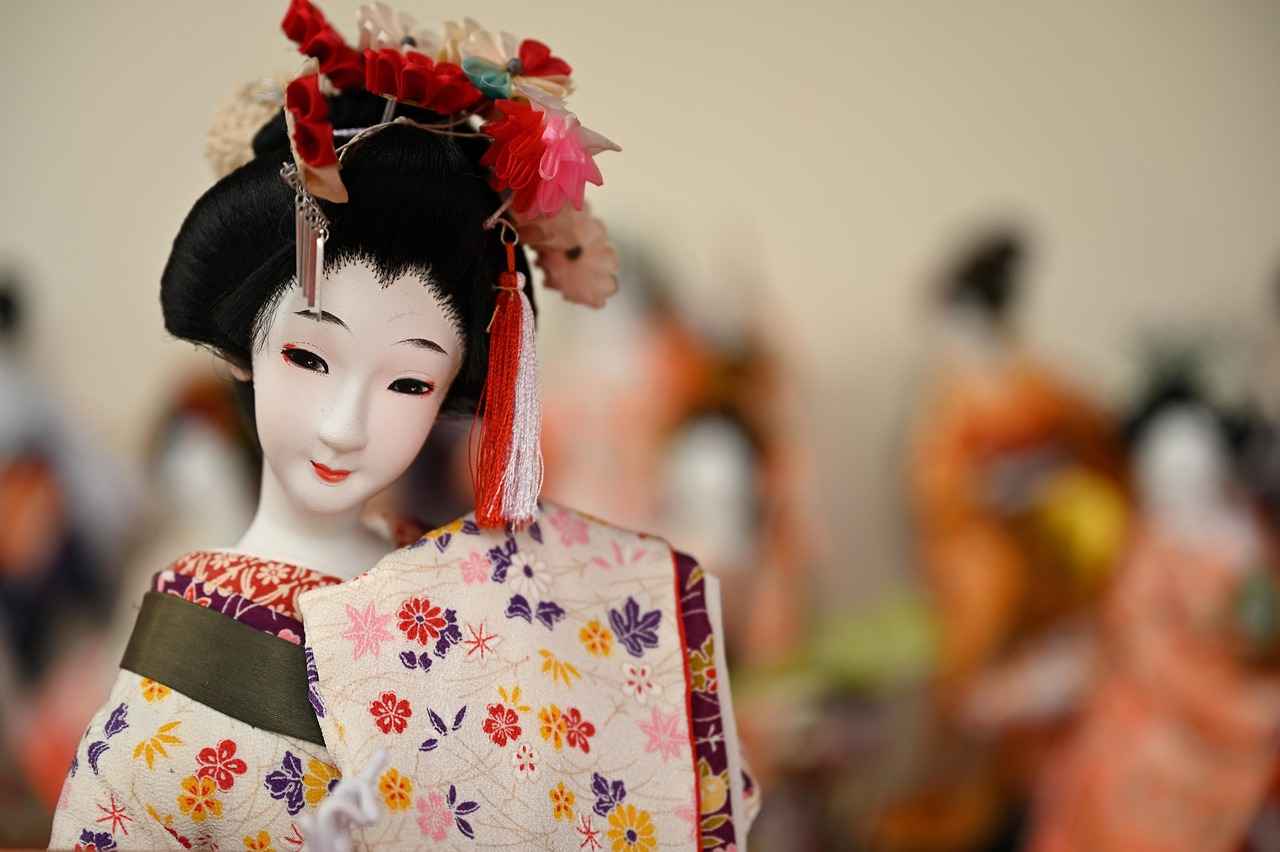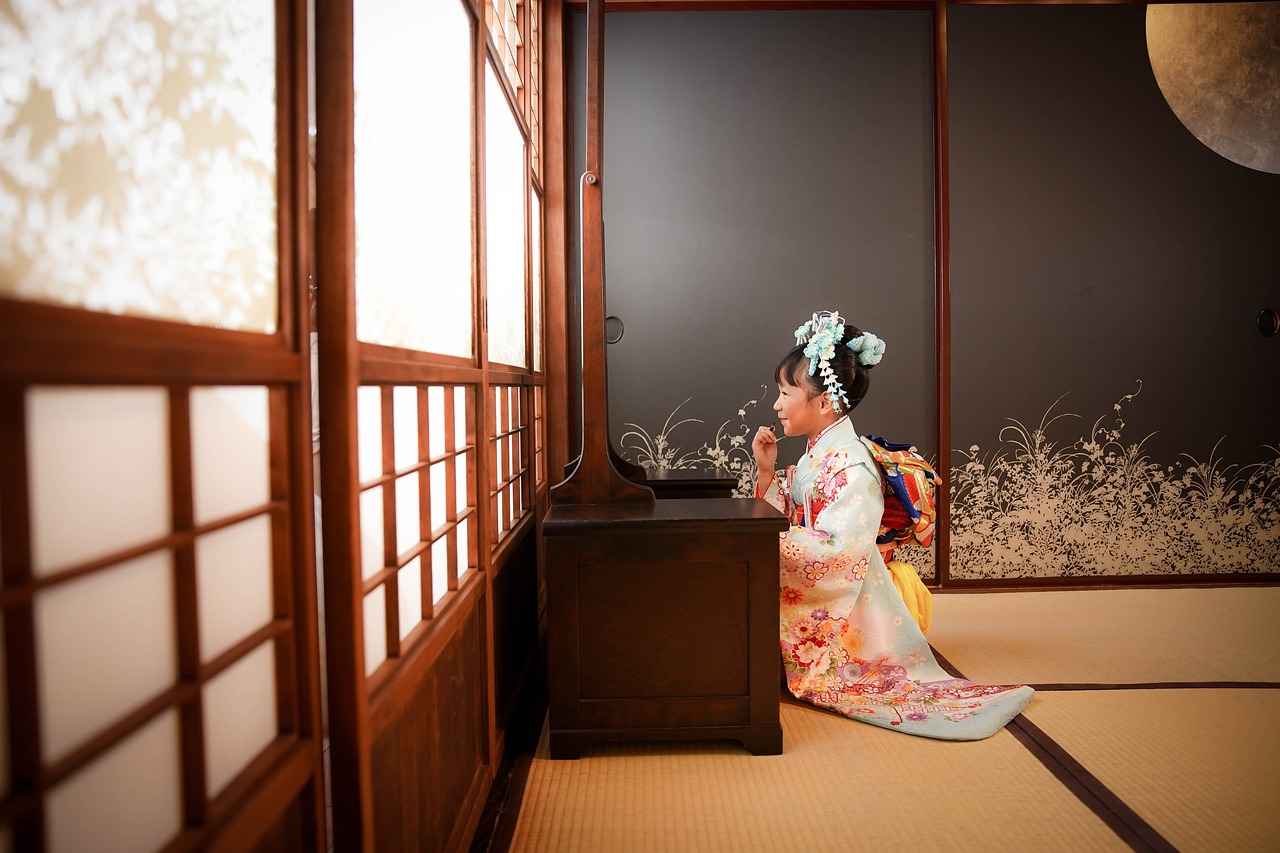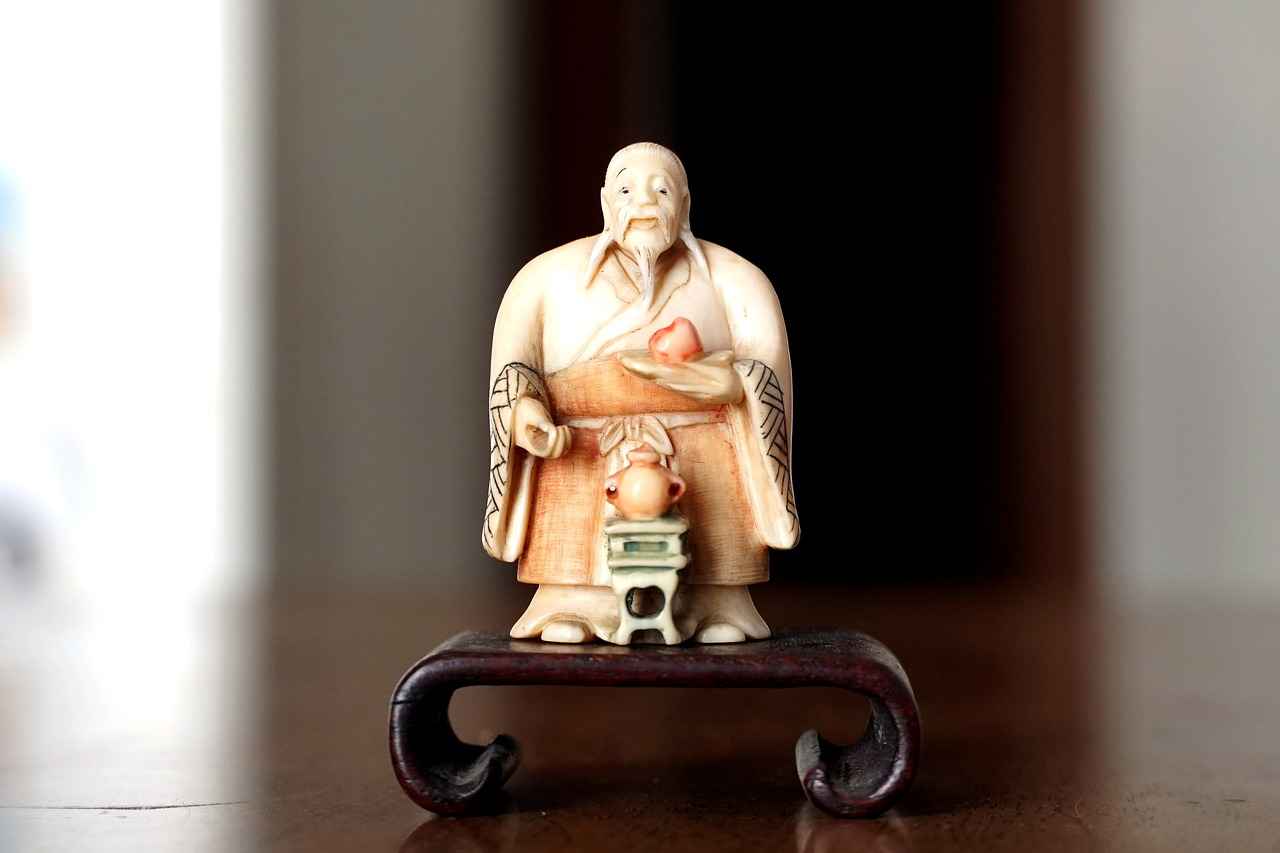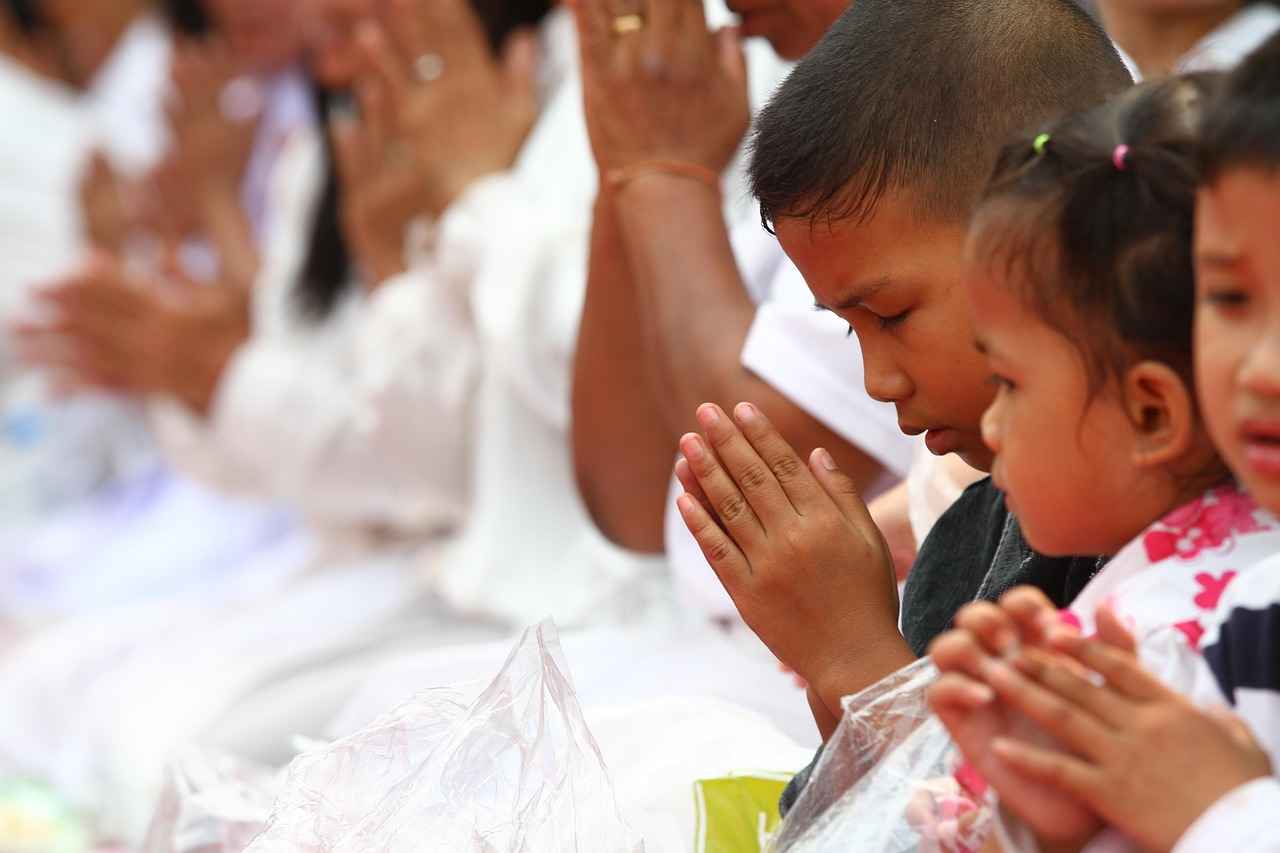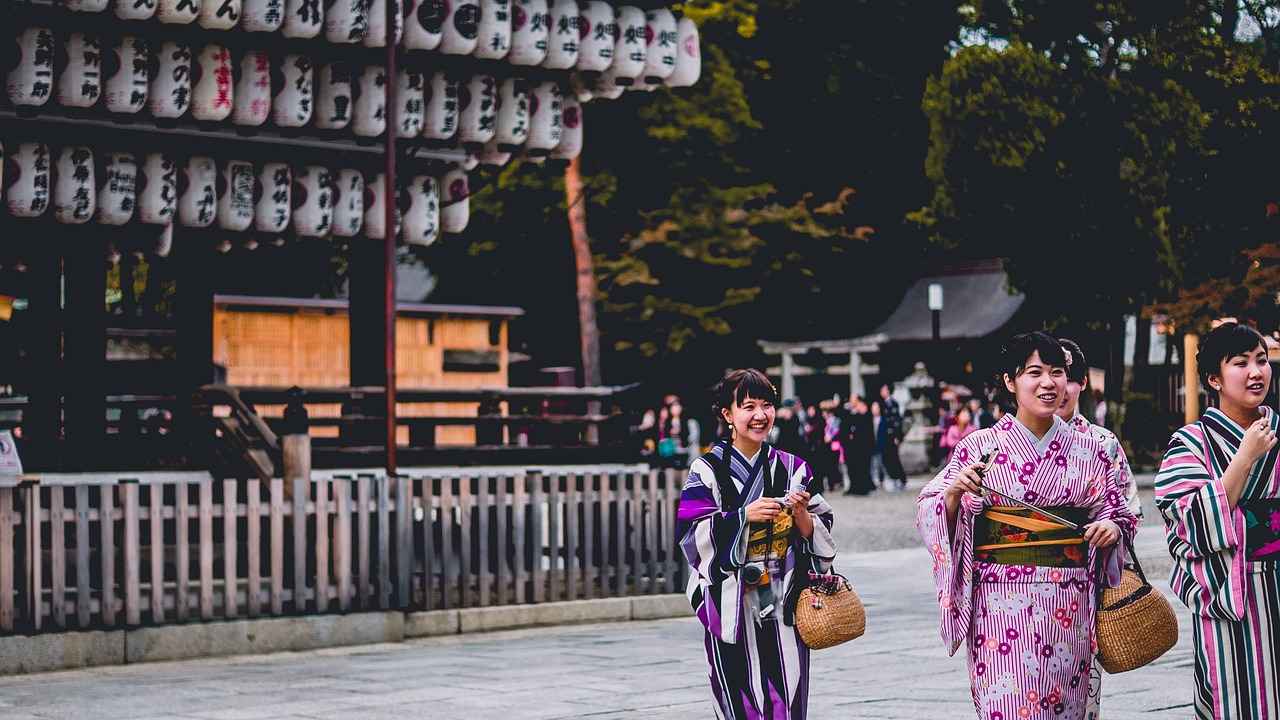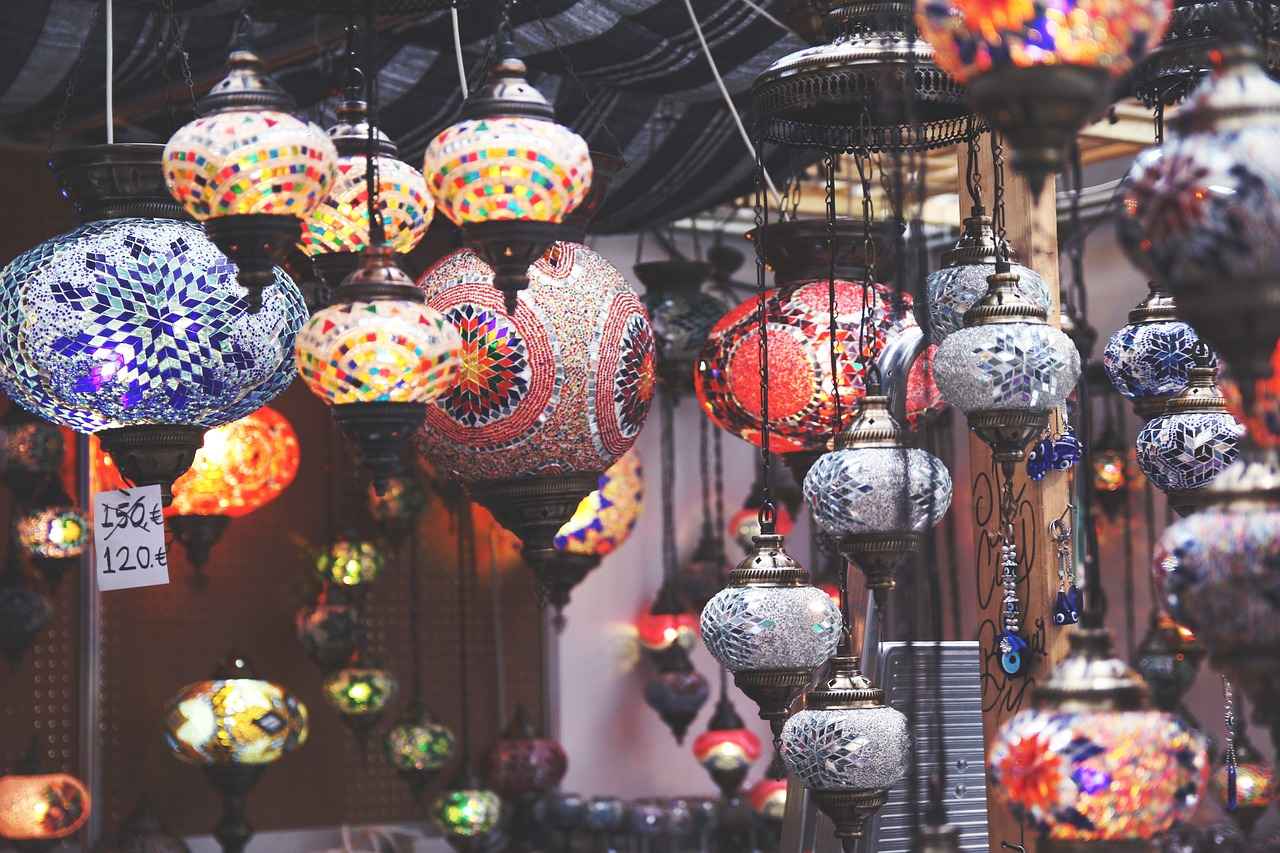This article delves into the rich history of the Japanese kimono, tracing its origins, evolution, and significance in Japanese culture through various eras, styles, and social contexts.
Origins of the Kimono
The kimono’s origins can be traced back to ancient Japan, where it was heavily influenced by Chinese clothing styles and local customs. This fusion led to the creation of the kimono, which became an iconic representation of Japanese heritage.
Evolution Through the Ages
Over the centuries, the kimono has experienced significant transformations, reflecting changes in society, fashion, and technology. From the elegant designs of the Heian period to modern interpretations, the kimono has adapted while retaining its cultural essence.
Heian Period Influence
During the Heian period, the kimono emerged as a symbol of elegance and status. The intricate designs and layering techniques showcased the wearer’s social standing, making the kimono a vital aspect of Japanese identity.
Layering Techniques
The art of layering, known as junihitoe, involved wearing multiple garments together, creating a visually stunning effect that highlighted the beauty of the fabric and colors.
Symbolism of Colors
Each color in kimono design holds specific meanings, often representing seasonal changes, emotions, or social status. This makes the choice of kimono a deeply personal expression.
Modern Adaptations
In contemporary Japan, the kimono continues to evolve, blending traditional elements with modern fashion, allowing for creative expressions while maintaining cultural significance.
Regional Variations
Different regions of Japan have developed unique kimono styles, each reflecting local customs, materials, and techniques. This diversity contributes to the overall richness of this traditional garment.
Kimono in Contemporary Society
Today, the kimono is worn during special occasions, festivals, and ceremonies, serving as a reminder of Japan’s cultural heritage while adapting to modern lifestyles.
Weddings and Celebrations
Weddings are significant occasions for kimono wear, where brides often don elaborate kimonos symbolizing purity, beauty, and the continuation of family traditions.
Fashion and Global Influence
The kimono’s influence has reached global fashion, inspiring designers worldwide to incorporate its elements into contemporary clothing, bridging cultural gaps and promoting appreciation for Japanese artistry.
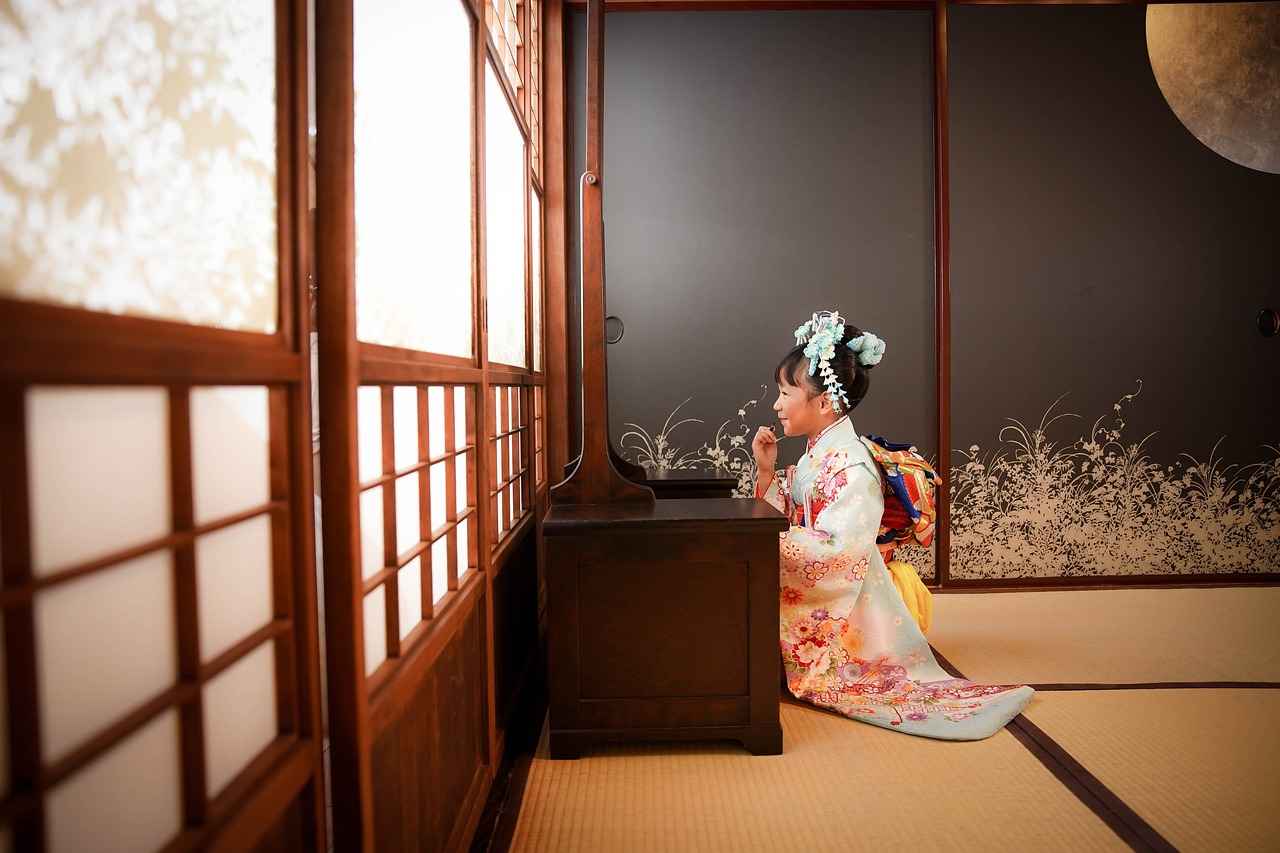
Origins of the Kimono
The Origins of the Kimono
The kimono, an enduring symbol of Japanese culture, has a fascinating history that dates back to ancient Japan. Its origins can be traced to a time when clothing styles were heavily influenced by Chinese fashion and local customs. This blend of influences led to the creation of a garment that not only serves practical purposes but also embodies deep cultural significance.
Initially, the kimono was a simple wraparound garment, but as it evolved, it became more elaborate, showcasing intricate designs and craftsmanship. The early forms of the kimono were made from materials such as silk, cotton, and hemp, which were readily available in Japan. The adoption of colors and patterns was often dictated by seasonal changes and social status, making the choice of a kimono a reflection of the wearer’s identity.
During the Heian period (794-1185), the kimono underwent significant transformation. It became a symbol of elegance and sophistication, particularly among the aristocracy. The layering techniques developed during this era, known as junihitoe, involved wearing multiple layers of clothing, each with its own unique color and pattern. This not only enhanced the aesthetic appeal but also conveyed the wearer’s social position.
The kimono’s design was not merely about aesthetics; it was also steeped in symbolism. Each color and motif held specific meanings, often representing emotions, seasons, or even familial ties. This intricate relationship between the kimono and its cultural context is what makes it a cherished part of Japan’s heritage.
In summary, the origins of the kimono reflect a rich tapestry of cultural exchange and evolution, illustrating how this iconic garment has adapted over centuries while remaining a potent symbol of Japanese identity.
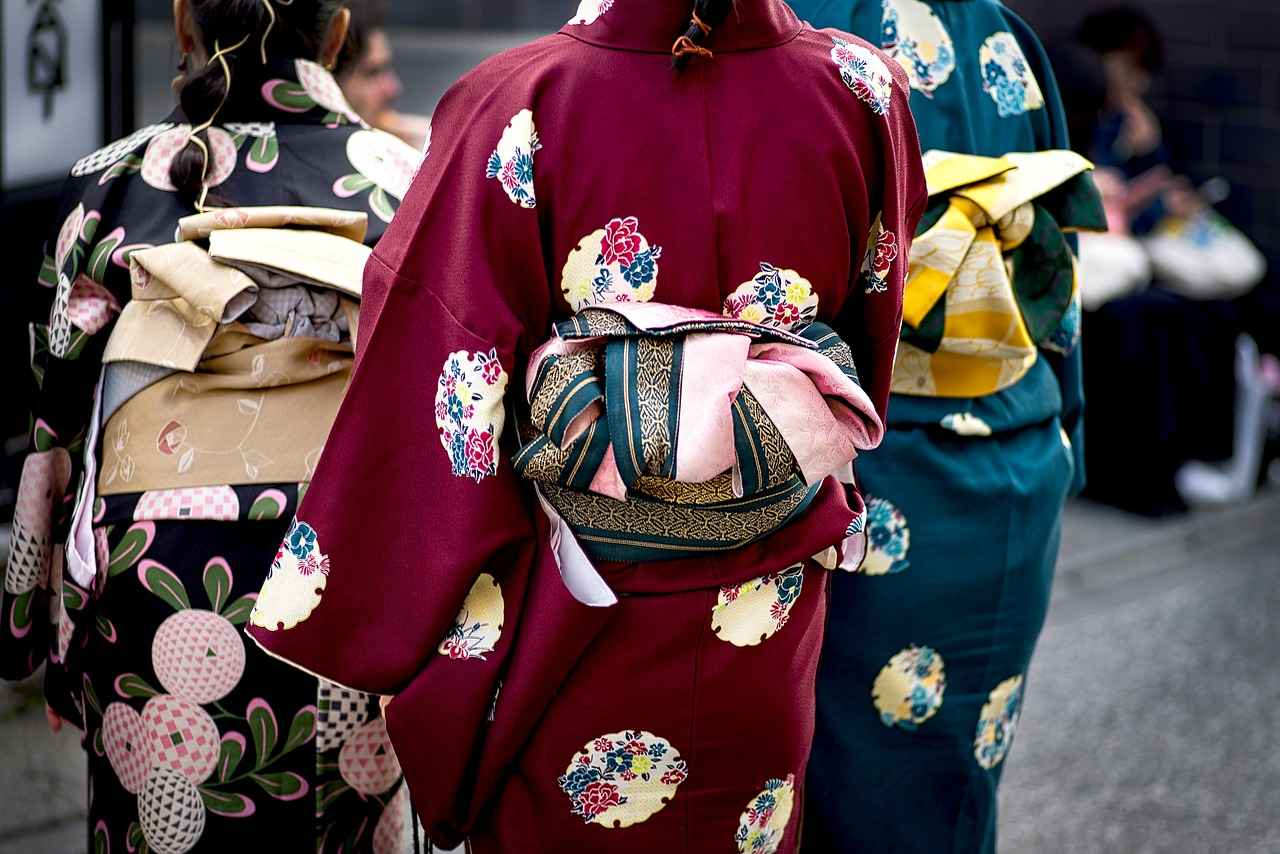
Evolution Through the Ages
The Evolution of the Kimono Through the Ages
The kimono, a quintessential symbol of Japanese culture, has experienced a remarkable evolution over the centuries. Each era has left its mark on this iconic garment, reflecting the shifting tides of society, fashion, and technology. From its humble beginnings in the Heian period to its modern adaptations, the kimono tells a story of resilience and transformation.
During the Heian period (794-1185), the kimono emerged as a symbol of elegance and social status. The intricate designs and layering techniques, known as junihitoe, showcased the wearer’s wealth and taste. This period was characterized by vibrant colors and elaborate motifs, with each element carrying deep symbolic meanings. For instance, the choice of color was not merely aesthetic; it often represented seasonal changes or personal emotions.
As Japan transitioned into the Edo period (1603-1868), the kimono further evolved with the rise of the merchant class. This era saw the democratization of fashion, where even commoners began to wear beautifully designed kimonos. The introduction of new dyeing techniques, such as yuzen, allowed for more intricate and colorful patterns, making the kimono accessible to a broader audience.
In the Meiji period (1868-1912), Western influences began to permeate Japanese fashion. While the kimono remained a staple, it began to adapt to modern lifestyles. The introduction of Western clothing styles led to a fusion of traditional and contemporary designs, resulting in innovative interpretations of the kimono.
Today, the kimono continues to evolve, blending traditional elements with modern aesthetics. Contemporary designers are experimenting with fabrics and styles, ensuring that the kimono remains relevant in a globalized world. It is worn not only during ceremonies and festivals but also as a fashion statement, bridging the gap between heritage and modernity.
In conclusion, the evolution of the kimono is a testament to its enduring significance in Japanese culture. It reflects the dynamic nature of society and fashion, continually adapting while maintaining its rich heritage. As we look to the future, the kimono will undoubtedly continue to inspire and evolve, celebrating its past while embracing new possibilities.
Heian Period Influence
The Heian Period Influence on Kimono Fashion
The Heian period, spanning from 794 to 1185, marked a significant era in Japanese history, particularly in the realm of fashion. During this time, the kimono evolved into a powerful symbol of elegance and social status, reflecting the intricate cultural dynamics of the period.
One of the most notable aspects of Heian-era kimono was its elaborate designs and the sophisticated layering techniques employed by the nobility. The layering, known as junihitoe, involved wearing multiple garments, each with its own unique color and pattern. This practice not only enhanced the aesthetic appeal but also served as a visual representation of the wearer’s rank and wealth.
Layering Techniques
- The base layer typically consisted of a simple kimono, often in muted tones.
- Over this, additional layers were added, featuring vibrant colors and complex patterns that showcased the artistry of textile production.
- The final layer, often the most ornate, was designed to be visually striking, embodying the pinnacle of fashion for the elite.
Symbolism of Colors
Colors played a crucial role in kimono design during the Heian period. Each hue was imbued with meaning, often representing seasonal changes, emotions, or social hierarchy. For example:
- Red symbolized happiness and good fortune.
- Blue represented tranquility and stability.
- White, often associated with purity, was reserved for special occasions.
The choice of kimono was therefore not merely a fashion statement but a deeply personal expression that reflected the wearer’s identity and social standing.
In conclusion, the Heian period significantly shaped the cultural landscape of Japan through its unique kimono fashion. The intricate designs, layering techniques, and symbolic use of colors established a legacy that continues to influence kimono styles today.
Layering Techniques
The Art of Layering in Traditional Japanese Kimono is a fascinating aspect that showcases the intricate beauty and cultural significance of this iconic garment. Layering, particularly in the context of the junihitoe, is not just a fashion statement but a profound expression of identity and status.
Layering techniques involve the careful selection and combination of multiple garments, each chosen for its color, texture, and design. This method not only enhances the visual appeal but also symbolizes various aspects of the wearer’s life, including their social standing, seasonal changes, and personal emotions.
| Layer | Description |
|---|---|
| Kimono | The primary garment, often elaborately designed, serves as the foundation of the outfit. |
| Obi | A wide belt used to secure the kimono, often featuring intricate patterns and colors. |
| Jacket (Hifu) | A decorative layer worn over the kimono for added warmth and style. |
| Undergarments | Essential layers that provide comfort and modesty, typically made from lighter fabrics. |
Each layer contributes to the overall aesthetic and functionality of the kimono. The choice of fabrics, such as silk or cotton, along with the arrangement of colors, creates a stunning visual tapestry. This practice of layering not only highlights the wearer’s taste but also reflects the rich cultural heritage of Japan.
In conclusion, the art of layering in kimono fashion is a beautiful representation of Japanese culture that combines artistry with personal expression. Understanding these techniques allows us to appreciate the depth and significance behind this traditional attire, making it a timeless symbol of elegance and sophistication.
junihitoe,
The History of Junihitoe: A Cultural Exploration
The junihitoe is a traditional Japanese garment that represents the elegance and complexity of Japanese clothing culture. This article delves into the origins, significance, and evolution of junihitoe, highlighting its role in Japanese history and society.
What is Junihitoe?
Junihitoe, literally meaning “twelve layers,” is a ceremonial kimono worn by women, particularly during the Heian period (794-1185). It is characterized by its elaborate layering of garments, each with its own color and design, creating a visually stunning appearance.
Origins of Junihitoe
The roots of junihitoe can be traced back to the Heian period, where it served as a symbol of status and refinement. The layering technique allowed for intricate designs and colors that showcased the wearer’s social standing.
Layering Techniques
- The junihitoe consists of multiple layers, typically twelve, each representing different aspects of the wearer’s identity.
- Each layer is carefully chosen for its color and pattern, reflecting seasonal themes and personal significance.
Symbolism in Junihitoe
The colors and patterns in junihitoe hold significant meaning. For instance, red symbolizes happiness and good fortune, while blue represents tranquility. The choice of color can convey the wearer’s emotions and social status.
Junihitoe in Modern Times
While junihitoe is primarily associated with historical contexts, it continues to inspire modern fashion. Contemporary designers incorporate elements of this traditional garment into their collections, bridging the gap between past and present.
Conclusion
The junihitoe remains a powerful symbol of Japan’s cultural heritage. Its intricate designs and rich symbolism continue to captivate those interested in Japanese history and fashion.
involved multiple garments worn together, creating a visually stunning effect that highlighted the beauty of the fabric and colors.
The History of the Japanese Kimono: A Cultural Journey
This article explores the rich history of the Japanese kimono, tracing its origins, evolution, and significance in Japanese culture through various eras, styles, and social contexts.
Origins of the Kimono
The kimono’s roots can be traced back to ancient Japan, where clothing was influenced by Chinese styles and local customs, leading to the development of this iconic garment.
Evolution Through the Ages
Over centuries, the kimono has undergone significant transformations, reflecting changes in society, fashion, and technology, from the Heian period to modern times.
Heian Period Influence
During the Heian period, the kimono became a symbol of elegance and status, characterized by intricate designs and layering techniques that showcased the wearer’s social standing.
Layering Techniques
The art of layering, known as junihitoe, involved multiple garments worn together, creating a visually stunning effect that highlighted the beauty of the fabric and colors.
Symbolism of Colors
Each color in kimono design held specific meanings, often representing seasonal changes, emotions, or social status, making the choice of kimono a deeply personal expression.
Modern Adaptations
In contemporary Japan, the kimono continues to evolve, blending traditional elements with modern fashion, allowing for creative expressions while maintaining cultural significance.
Regional Variations
Different regions of Japan have developed unique kimono styles, each reflecting local customs, materials, and techniques that contribute to the overall diversity of this traditional garment.
- Fukushima Style: Known for its vibrant colors and intricate patterns, often inspired by local flora and fauna, showcasing the area’s rich cultural heritage.
- Kagawa Style: Distinguished by its use of silk and elaborate designs, often featuring motifs that celebrate the region’s history and natural beauty.
Kimono in Contemporary Society
Today, the kimono is worn during special occasions, festivals, and ceremonies, serving as a reminder of Japan’s cultural heritage while also adapting to modern lifestyles.
- Weddings and Celebrations: Weddings are one of the most significant occasions for kimono wear, where brides often don elaborate kimonos symbolizing purity, beauty, and the continuation of family traditions.
- Fashion and Global Influence: The kimono’s influence has reached global fashion, inspiring designers worldwide to incorporate its elements into contemporary clothing, bridging cultural gaps and promoting appreciation for Japanese artistry.
Symbolism of Colors
The in kimono design is a fascinating aspect of Japanese culture that reflects deep meanings and traditions. Each hue is not merely an aesthetic choice; it carries significant connotations that can denote seasonal changes, emotions, or even social status. This intricate relationship between color and meaning makes the selection of a kimono a profoundly personal expression for the wearer.
For example, the color red is often associated with happiness and good fortune, making it a popular choice for celebrations such as weddings. In contrast, black is traditionally worn during mourning, symbolizing grief and respect for the deceased. The color white also holds significant meaning, often representing purity and new beginnings, making it a common choice for bridal kimonos.
Furthermore, colors can indicate seasonal shifts. For instance, soft pinks and greens are favored in spring, reflecting the beauty of cherry blossoms and new growth, while vibrant oranges and deep reds are popular in autumn, symbolizing the rich hues of changing leaves. This connection to nature enhances the kimono’s role as a representation of the wearer’s relationship with the environment.
Moreover, the choice of colors can also reflect the social standing of the individual. Historically, certain colors were reserved for the nobility, while others were more accessible to the general populace. This hierarchy in color usage adds another layer of meaning to kimono selection, where the wearer can subtly communicate their status within society.
In conclusion, understanding the in kimono design enriches our appreciation of this traditional garment. Each color tells a story and conveys emotions, making the kimono not just a piece of clothing, but a canvas of cultural expression.
Modern Adaptations
In contemporary Japan, the kimono is not merely a relic of the past; it is a vibrant part of modern fashion, seamlessly merging traditional aesthetics with contemporary styles. This evolution reflects a broader trend where cultural heritage meets modernity, allowing for personal expression while honoring age-old customs.
Today, designers are experimenting with fabrics, patterns, and silhouettes, creating kimonos that cater to various tastes and occasions. For instance, many young people are opting for casual kimonos made from lighter materials that are suitable for everyday wear. These adaptations enable wearers to enjoy the elegance of the kimono without the formality traditionally associated with it.
Moreover, the integration of bold colors and modern prints has led to a resurgence of interest among younger generations. Social media platforms play a crucial role in this revival, where influencers showcase their unique styles, inspiring others to embrace the kimono in innovative ways. This cultural shift demonstrates a growing appreciation for the kimono as a versatile fashion statement rather than just ceremonial attire.
Furthermore, the kimono’s influence extends beyond Japan, impacting global fashion trends. Designers worldwide are incorporating kimono-inspired elements into their collections, creating a fusion of styles that celebrates cultural diversity. This cross-cultural exchange not only promotes appreciation for Japanese artistry but also highlights the kimono’s adaptability in a globalized world.
In summary, the modern adaptations of the kimono illustrate its enduring significance in Japanese culture while showcasing its ability to evolve. As traditional craftsmanship meets contemporary design, the kimono continues to inspire and captivate, ensuring its place in both history and modern fashion.
Regional Variations
The kimono, a hallmark of Japanese culture, showcases a stunning array of styles that vary significantly across different regions of Japan. Each region has cultivated its own distinctive kimono designs, influenced by local customs, available materials, and traditional techniques. This diversity not only reflects the rich cultural tapestry of Japan but also highlights the unique identity of each area.
- Fukushima Style: Known for its vibrant colors and intricate patterns, the Fukushima kimono often draws inspiration from local flora and fauna. This style embodies the region’s rich cultural heritage, with designs that tell stories of its natural beauty.
- Kagawa Style: The Kagawa region is celebrated for its luxurious silk kimonos, adorned with elaborate designs that often feature motifs celebrating the area’s history and landscapes. The craftsmanship in Kagawa is renowned, making these kimonos highly sought after.
- Kyoto Style: As the historical heart of Japan, Kyoto boasts kimonos that are synonymous with elegance and tradition. The use of premium fabrics and traditional dyeing techniques, such as yuzen, results in exquisite patterns that reflect the changing seasons.
- Okinawa Style: In contrast to the mainland, Okinawa’s kimonos are characterized by their bright colors and bold patterns, often featuring tropical themes. This unique style highlights the island’s distinct cultural influences and vibrant lifestyle.
- Akita Style: The Akita region is known for its use of natural dyes and handwoven fabrics, resulting in kimonos that have a rustic charm. Designs often incorporate motifs inspired by the local environment, showcasing the region’s natural beauty.
The variations in kimono styles across Japan not only celebrate the local customs and artistry but also serve as a reminder of the deep cultural connections that bind the people to their heritage. As these styles continue to evolve, they maintain their significance in both traditional and modern contexts.
In conclusion, the regional variations of kimono styles are a testament to Japan’s rich cultural diversity. Each design tells a story, reflecting the local identity and the artistry of the craftsmen who create these beautiful garments.
Fukushima Style
is a remarkable representation of the rich cultural tapestry of Japan, particularly noted for its vibrant colors and intricate patterns. This unique style draws inspiration from the region’s local flora and fauna, which are beautifully depicted in the fabric designs. The kimonos produced in Fukushima are not just garments; they are a celebration of nature’s beauty and the area’s historical significance.
The artistry of Fukushima kimonos reflects a deep connection to the environment, with patterns often showcasing elements such as cherry blossoms, cranes, and waves. These motifs are carefully chosen, as they carry profound meanings within Japanese culture. For instance, cherry blossoms symbolize the transient nature of life, while cranes represent longevity and good fortune.
In addition to their aesthetic appeal, Fukushima kimonos are crafted using traditional techniques that have been passed down through generations. The dying methods and weaving techniques employed by local artisans highlight the region’s commitment to preserving its cultural heritage. This dedication to craftsmanship ensures that each piece is not only a work of art but also a testament to the skill and creativity of the artisans.
Moreover, the has evolved over time, adapting to modern fashion trends while maintaining its traditional roots. Contemporary designers often incorporate these classic elements into their collections, allowing the beauty of Fukushima kimonos to reach a wider audience. This fusion of old and new reflects the dynamic nature of Japanese culture, where tradition and innovation coexist harmoniously.
In conclusion, the of kimono is a vibrant expression of Japan’s cultural identity, marked by its stunning colors and intricate designs inspired by the natural world. As these kimonos continue to evolve, they serve as a reminder of the importance of cultural heritage and the ongoing journey of artistic expression.
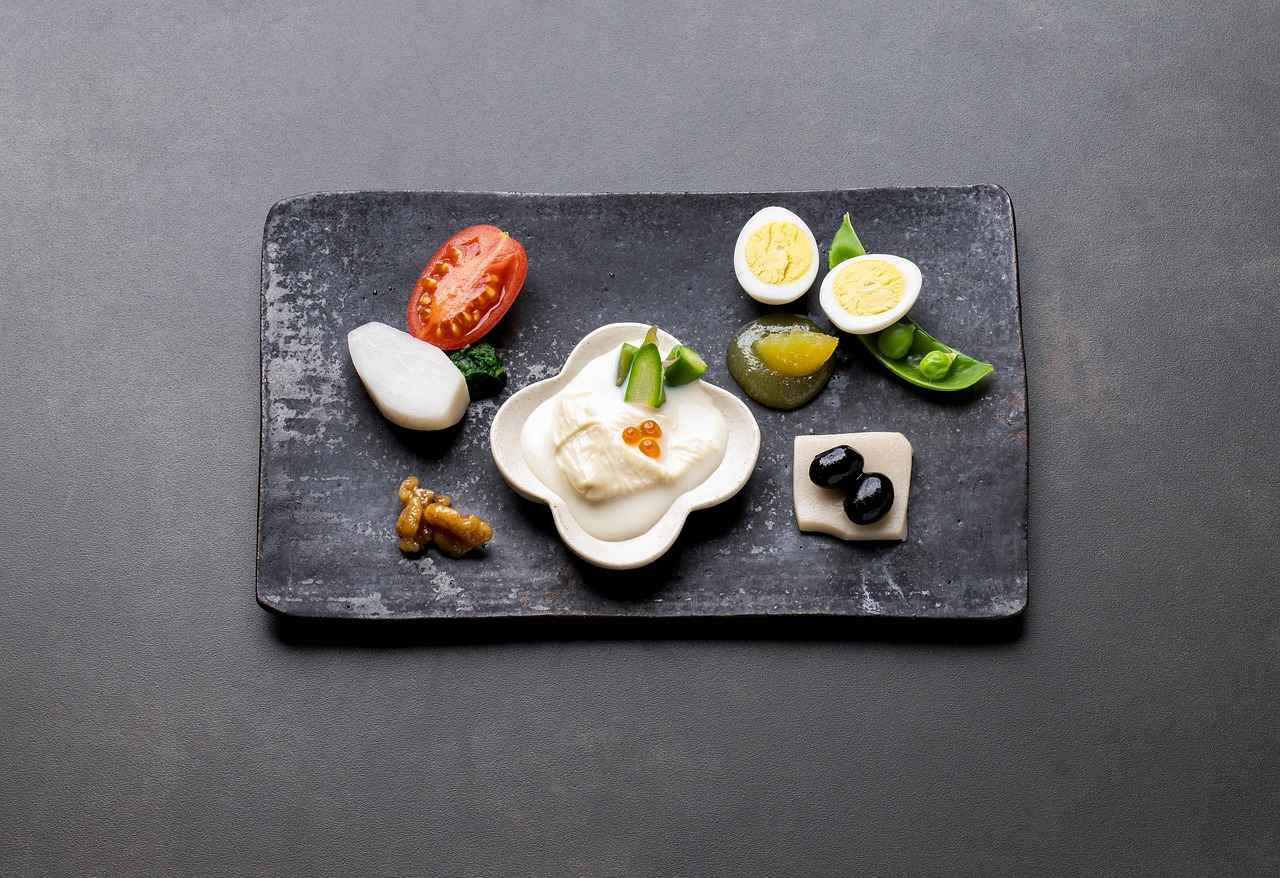
Kagawa Style
Kagawa’s kimono style is a remarkable representation of Japan’s rich textile heritage, characterized by its exquisite silk fabric and intricate designs. This unique style often incorporates motifs that reflect the region’s profound history and stunning natural beauty, making each piece not just a garment but a storytelling medium.
The use of silk in Kagawa kimonos is particularly noteworthy. This luxurious material not only enhances the visual appeal of the kimono but also offers a soft texture that drapes beautifully on the body. The artisans of Kagawa have mastered the art of silk dyeing, employing techniques that allow for vibrant colors and detailed patterns that capture the essence of the region.
| Motif | Significance |
|---|---|
| Cherry Blossoms | Symbol of beauty and the transient nature of life |
| Waves | Representation of strength and resilience |
| Mountains | Connection to Kagawa’s natural landscape |
In Kagawa, the designs often feature nature-inspired motifs, such as blossoms, waves, and mountains, each carrying significant meanings. For instance, cherry blossoms symbolize the fleeting beauty of life, while wave patterns represent strength and resilience, reflecting the spirit of the local community.
Moreover, Kagawa’s kimono artisans are known for their elaborate embroidery techniques, which add depth and texture to the garments. The meticulous attention to detail in these designs not only showcases the skill of the craftsmen but also enhances the cultural significance of the kimono, making it a cherished item for both locals and visitors alike.
Ultimately, Kagawa’s kimono style is a beautiful fusion of tradition and artistry, serving as a canvas for expressing the region’s identity and values. Wearing a Kagawa kimono is not just about fashion; it is about embracing a piece of history and celebrating the rich cultural tapestry of Japan.
Kimono in Contemporary Society
In today’s world, the kimono remains a vibrant symbol of Japanese culture, transcending its traditional roots to embrace modernity. This iconic garment is not just a relic of the past; it is actively worn during special occasions, festivals, and ceremonies, serving as a bridge between generations.
As society evolves, so does the kimono. Many individuals now wear it for cultural events, such as New Year’s celebrations and graduations, showcasing the garment’s versatility. The kimono’s intricate designs and rich colors often reflect the season or occasion, making it a cherished choice for personal expression.
In addition to traditional events, the kimono has made its way into fashion shows and global runways, inspiring designers around the world. This fusion of traditional and contemporary styles has led to a resurgence in popularity, particularly among younger generations. Many are now choosing to wear kimonos in everyday life, adapting the garment’s elegance to modern aesthetics.
Furthermore, the kimono industry has embraced innovation, with many artisans incorporating sustainable practices and eco-friendly materials into their designs. This shift not only preserves the art of kimono-making but also aligns with contemporary values of sustainability and ethical fashion.
In conclusion, the kimono stands as a testament to Japan’s rich cultural heritage while simultaneously adapting to the needs and preferences of modern society. As it continues to evolve, the kimono remains a powerful symbol of identity, tradition, and creativity, ensuring its place in both the past and the future.
Weddings and Celebrations
Weddings in Japan hold a special significance, particularly when it comes to the attire worn by brides. The kimono, a traditional Japanese garment, is often the centerpiece of these ceremonies, embodying deep cultural meanings and family heritage. For brides, wearing a kimono is not merely a fashion choice; it represents a connection to their ancestors and the values of purity, beauty, and continuity.
The elaborate kimonos worn during weddings are typically crafted from luxurious fabrics and adorned with intricate designs. These designs often incorporate symbols of happiness, prosperity, and longevity, making them a perfect fit for the auspicious occasion. The choice of colors also plays a crucial role; for instance, white is traditionally worn by brides to symbolize purity and new beginnings, while red is associated with good fortune and joy.
| Color | Symbolism |
|---|---|
| White | Purity and new beginnings |
| Red | Good fortune and joy |
| Gold | Wealth and prosperity |
Moreover, the kimono worn during weddings often features a specific style known as shiro-muku, which is a pure white kimono. This style is traditionally worn during Shinto weddings, emphasizing the bride’s purity and readiness to start a new life with her partner. The kimono is usually complemented by a haneri (collar) and a obi (sash), both of which can be richly embroidered or decorated.
In recent years, while some brides opt for modern wedding dresses, many still choose to wear the traditional kimono, reflecting a desire to honor their cultural heritage. This blend of old and new signifies the evolving nature of Japanese weddings, where tradition meets contemporary style.
Ultimately, the kimono serves as a profound reminder of Japan’s rich cultural tapestry, making weddings not just a celebration of love, but also a ceremony of cultural identity.
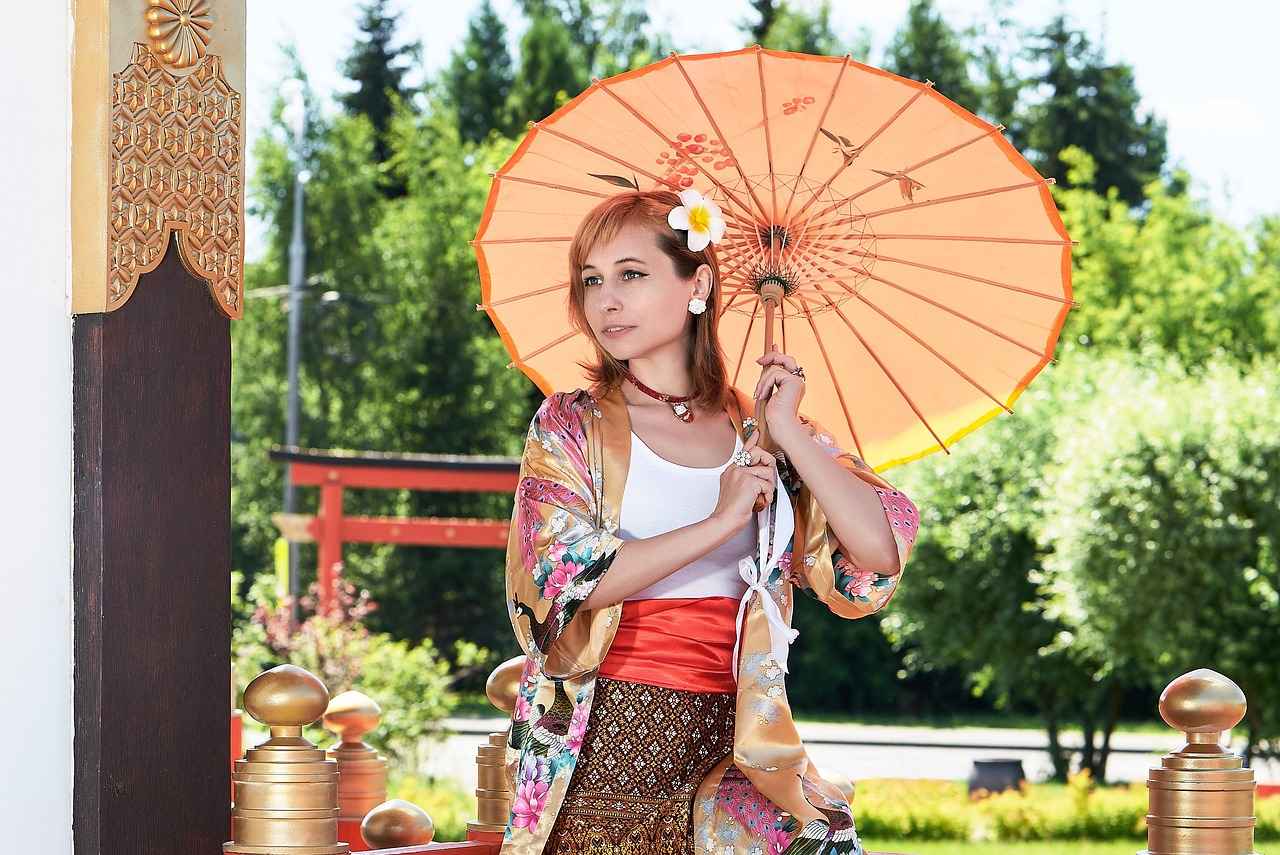
Fashion and Global Influence
The kimono, an emblem of Japanese culture, has transcended its traditional roots to become a significant influence in global fashion. Its unique aesthetics and rich symbolism have inspired designers from various backgrounds, leading to a fusion of styles that celebrate both cultural heritage and modern trends.
As designers worldwide draw inspiration from the kimono, they often incorporate its distinctive features—such as flowing silhouettes, vibrant colors, and intricate patterns—into contemporary clothing. This cross-cultural exchange not only enhances the global fashion landscape but also fosters a deeper appreciation for Japanese artistry.
For instance, many high-fashion brands have adopted the kimono’s wrap style, which is celebrated for its versatility and comfort. This adaptation has led to the creation of garments that maintain the kimono’s essence while appealing to modern sensibilities. The introduction of kimono-inspired designs in streetwear and casual fashion has also made these traditional elements more accessible to a broader audience.
Moreover, the kimono’s influence extends beyond mere aesthetics; it serves as a bridge between cultures. As more people embrace kimono-inspired fashion, they engage with the cultural narratives that accompany these garments. This interaction promotes awareness and understanding of Japan’s rich history and traditions, encouraging a more inclusive global dialogue about fashion.
In conclusion, the kimono’s journey from a traditional Japanese garment to a global fashion icon exemplifies the power of cultural exchange. By embracing and celebrating the kimono’s elements, designers worldwide contribute to a vibrant tapestry of fashion that honors the past while innovating for the future. This ongoing evolution not only enriches the fashion industry but also cultivates a profound respect for the artistry and craftsmanship inherent in the kimono.
Frequently Asked Questions
- What is the origin of the kimono?
The kimono traces its roots back to ancient Japan, influenced by Chinese styles and local customs. This iconic garment evolved to become a symbol of Japanese culture, reflecting the rich history and traditions of the nation.
- How has the kimono evolved over the years?
Over centuries, the kimono has transformed significantly, adapting to societal changes, fashion trends, and technological advancements. From the elegant designs of the Heian period to modern interpretations, the kimono represents a blend of history and innovation.
- What are some unique regional styles of kimono?
Japan boasts diverse regional kimono styles, each showcasing local customs and materials. For instance, the Fukushima style is known for its vibrant colors and intricate patterns, while Kagawa’s style features luxurious silk and elaborate motifs that celebrate the region’s heritage.
- When is the kimono typically worn today?
Today, kimonos are primarily worn during special occasions like weddings, festivals, and ceremonies. They serve as a beautiful reminder of Japan’s cultural heritage, while also adapting to modern lifestyles and fashion trends.
- How has the kimono influenced global fashion?
The kimono’s unique designs and artistry have inspired fashion designers worldwide. Elements of the kimono can be seen in contemporary clothing, promoting a greater appreciation for Japanese culture and bridging gaps between different fashion worlds.





